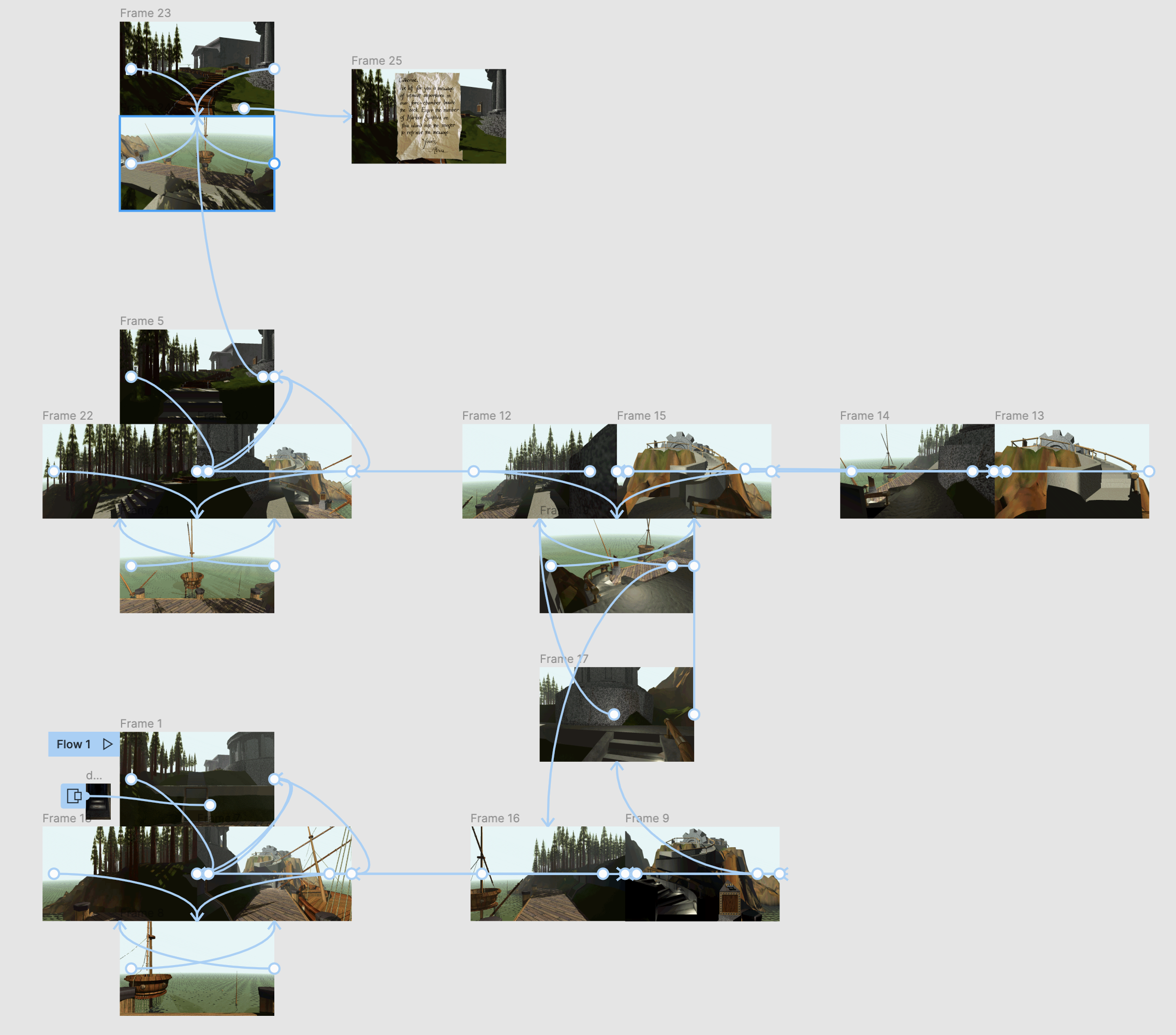Andyʼs working notes
About these notesFigma is a surprisingly general-purpose infinite canvas
Figma is an infinite, high-performance canvas with right-sized primitives for many kinds of visual thinking. Put more or less anything anywhere, copy stuff instantly, group and arrange hierarchically if you like. Duplicate a thousand elements to make an alternate. Create abstraction through components to avoid duplicative work. Collaboration built in. And so on.
It was created as a tool for user interface design, but through this lens it’s useful in many other contexts. Laying out a book (per Craig Mod); writing non-linear notes; possibly even editing a manuscript. In some senses you can think of it as an “upgraded” version of a big whiteboard wall.
It also has some interesting hints of interactivity. You can create “links” in artboards (Figma’s copy and paste playground situates instructional media inside the context of use). Inspired by this, Michael Nielsen nerd sniped me into re-implementing the opening area of Myst in Figma. It was surprisingly pleasant to work with the spatial environment. No state, though, so you can’t really make Myst.
Screen Recording 2022-02-17 at 11.22.11 AM.mov
Some related notes:
- Figma’s widget API creates an extensible, composable, sharable infinite canvas environment
- Problems and opportunities
References
Created following conversation with Craig Mod, 2022-02-16